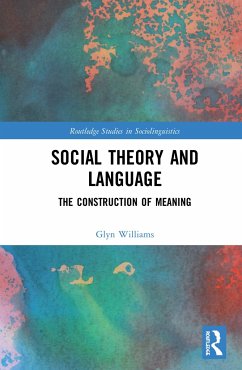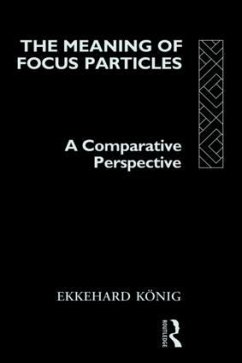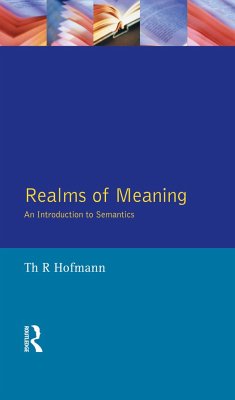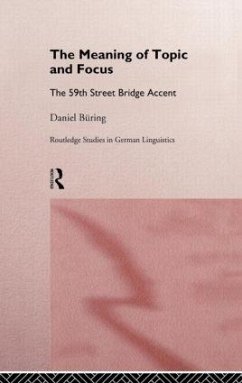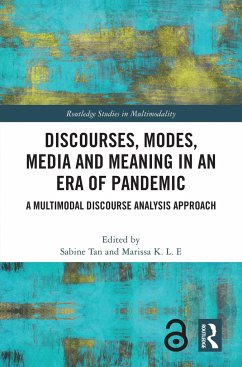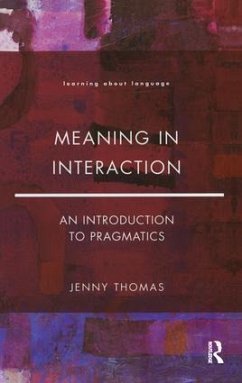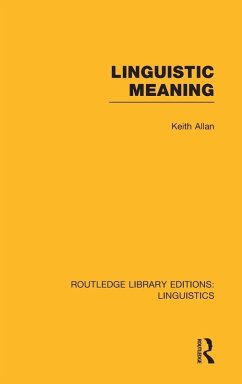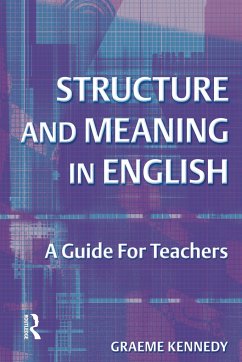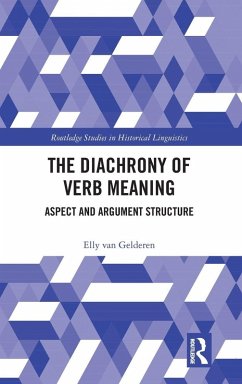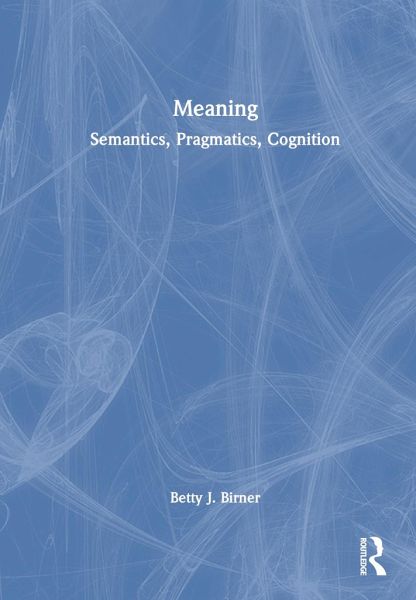
Meaning
Semantics, Pragmatics, Cognition
Versandkostenfrei!
Versandfertig in 1-2 Wochen
149,99 €
inkl. MwSt.
Weitere Ausgaben:

PAYBACK Punkte
75 °P sammeln!
Meaning addresses the fundamental question of human language interaction: what it is to mean, and how we communicate our meanings to others. Experienced textbook writer and eminent researcher Betty J. Birner gives balanced coverage to semantics and pragmatics, emphasizing interactions between the two.




